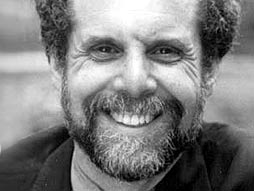 This is a piece from the Academy Leadership that SynergyBlog feels they could have written themselves. It’s that good.
This is a piece from the Academy Leadership that SynergyBlog feels they could have written themselves. It’s that good.
We’ll not pontificate. Please read, and in doing so, may your organizations and relationships thrive.
Enjoy. Trust… and be Trusted!
From the Academy Leadership: In its simplest form, trust can be described as the belief that those on whom we depend will meet our positive expectations of them. While this may sound the same as confidence, they are different. Trust is not always rooted in past experience with others, whereas confidence generally results from specific experiences with people and is built on reason and fact. In contrast, trust is based in part on faith. We sometimes give our trust in spite of evidence that suggests we should feel some caution, if not outright suspicion, about relying on another.
Business realities now require that more power be given to those with close contacts with very discriminating consumers. No longer can the few powerful people at the top make all decisions and take all actions. Most companies now realize that they must provide people at lower levels increasing latitude in order to react promptly to demanding market forces and to progress and prosper. Thus, they must trust people to do the right thing. To do otherwise could well spell disaster for the future. Leaders can lead only to the extent that they are allowed to lead by their followers. When people believe that they are not trusted, or lack trust in their leaders, they will actively or passively resist what the team is trying to accomplish. Thus, a leader’s options are limited by excessive and ongoing mistrust among employees. (more…)





